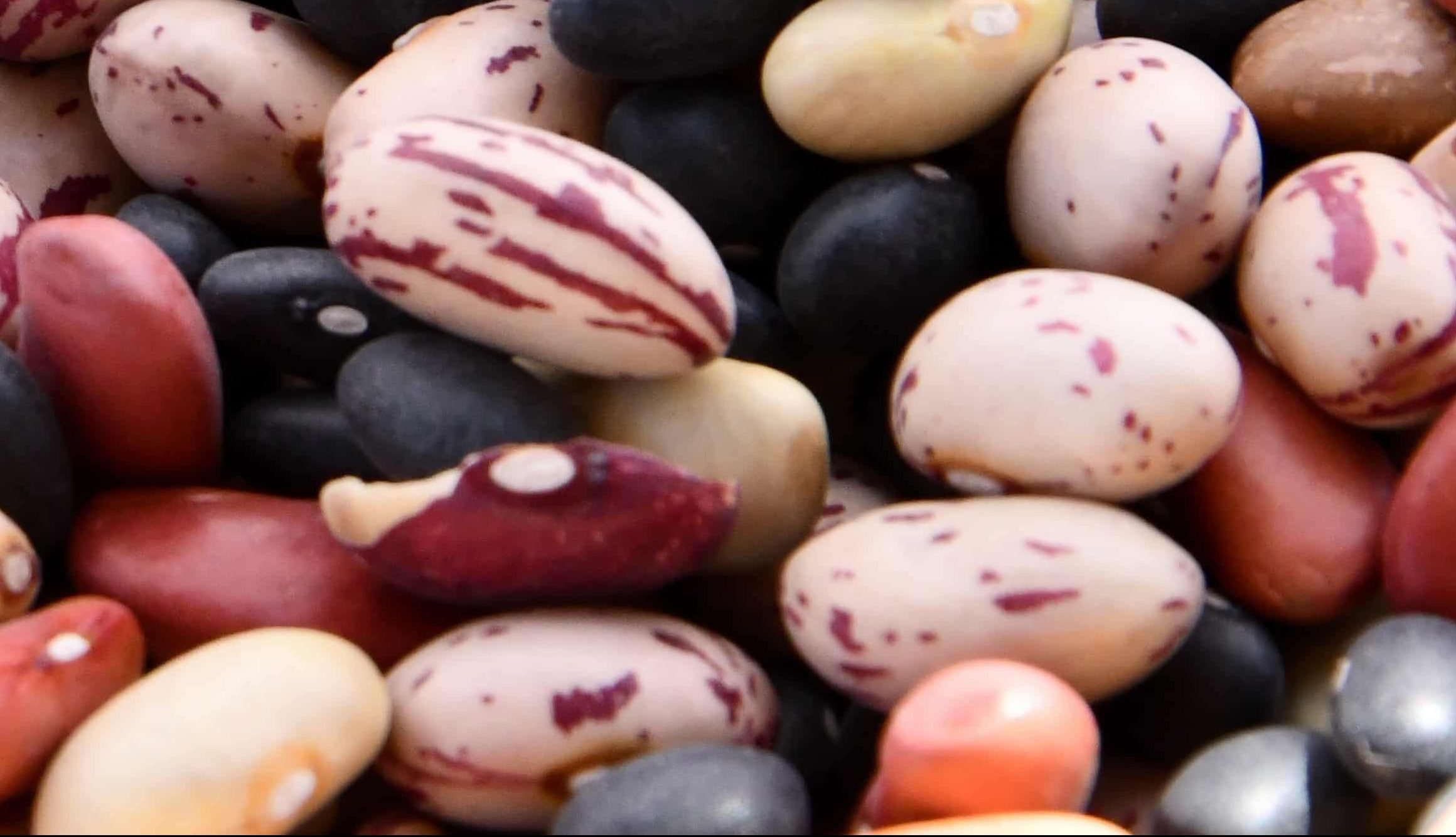Key Takeaways:
- Research by Berivan Güngör et al. (2023) focuses on the role of nodule-specific cysteine-rich (NCR) peptides in legume-rhizobia symbiosis.
- Despite the Medicago truncatula genome encoding about 700 NCR peptides, only a few have been known to be crucial for nitrogen-fixing symbiosis.
- The study used CRISPR/Cas9 gene editing to create knockout mutants for previously unstudied NCR genes.
- Analysis of mutants shows that specific NCR peptides are not essential for symbiosis.
- The findings open new paths for understanding symbiotic nitrogen fixation in legumes.
In a significant advancement in agricultural biotechnology, researchers led by Berivan Güngör in 2023 have made remarkable discoveries regarding the symbiotic relationship between legumes and rhizobia, crucial for nitrogen fixation. The study, focusing on the Medicago truncatula plant, utilized the CRISPR/Cas9 gene-editing technology to investigate the role of nodule-specific cysteine-rich (NCR) peptides, which are believed to control the differentiation of endosymbiotic rhizobia in legume nodules.
While the Medicago truncatula genome encodes around 700 NCR peptides, the specific roles of many remain unknown. Güngör and colleagues targeted these lesser-known NCR genes, developing a unique workflow to analyze mutations and symbiotic phenotypes in nodules formed on transgenic hairy roots.
The groundbreaking findings revealed that certain NCR peptides, namely NCR068, NCR089, NCR128, and NCR161, are not essential for the symbiosis between M. truncatula Jemalong and Sinorhizobium medicae WSM419. This challenges previous assumptions about the necessity of these peptides in nitrogen-fixing symbiosis. The study also successfully regenerated stable mutants edited for the NCR068, further confirming the non-essential role of this particular peptide in symbiosis with different S. meliloti strains.
This research not only sheds light on the intricate mechanisms of legume-rhizobia symbiosis but also exemplifies the power of CRISPR/Cas9 gene editing in agricultural research. The ability to pinpoint the roles of specific genes in such a complex biological process is a leap forward in understanding and potentially improving nitrogen fixation in crops, a key process in sustainable agriculture and food security.
Read the entire study here.
Photo by Shelley Pauls on Unsplash


